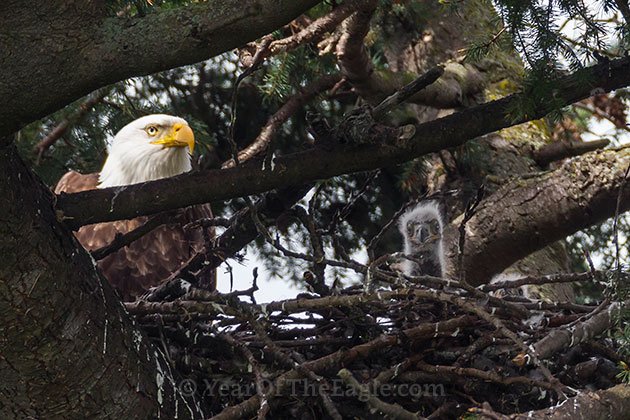
Kevin Ebi is a professional nature photographer whose work has appeared in a variety of magazines and books, including National Wildlife, Smithsonian, Outdoor Photographer, and Lonely Planet and Moon travel guides. Year of the Eagle is his third book. His other books told the story of the cycle of water and chronicled life of waterfowl in the Seattle Arboretum. Click here for more information on his photography. You can click here for more information about Year of the Eagle.
Growing up, you may have been told that a baby bird doesn’t need flying lessons. Thanks to instinct, the story goes, it was hatched knowing how. After three years of observation at a Bald Eagle nest in Washington state, I believe that young birds do, in fact, learn to fly — and they appear to learn much the same way we do.
Just like a child learning to ride a bicycle, a Bald Eagle’s first flight seems to be the result of observation, trial and error, repeated practice, and incentives carefully managed by watchful parents. And when there’s more than one chick in a nest, the siblings can be surprisingly supportive of each other.
My work focused on a consistently productive bald eagle nest in Kirkland, Wash., located across a large lake from Seattle. My photographs and findings will be published in a book called Year of the Eagle; 10,000 Birds is letting me give you a preview.
The Bald Eagles were full of surprises – one of the main reasons this project took three years. The first surprise was the amount of variation in their parenting from year to year. (While these adults were not banded, it is well documented that Bald Eagles are monogamous and return to the same nest each year. I have no reason to doubt that’s the case here.)
Bald Eagles encourage their young to leave the nest the same way we might get rid of a house guest that has overstayed their welcome: the parents ignore the eaglets and sharply reduce the amount of food they provide. This minimal contact appears to strongly motivate the young. They see their parents perched in the next tree and seem very interested in joining them. Over time, the eaglets venture to the edge of the nest, then to nearby branches, before finally flying to join their parents.
In year one, the parents significantly curtailed contact with their young as soon as their feathers began to grow in. Just six weeks after the eaglets hatched, the adults would drop off food at the nest in a hit-and-run manner, spending typically just 15 seconds in the nest before flying back to their perches.
By year three, the adults were practicing the eagle equivalent of human “hover parenting.” Even eight weeks after the eaglets hatched, when the young were as big as their parents, the adults would still occasionally break the food up into bite-size pieces. Further, they would make sure that both of their young eagles were fed. They would feed a bite to one. While it was swallowing, they would feed a bite to the other.
Scientific experiments would be needed to demonstrate true cause-and-effect, but the extra attention appeared to pay off. The year three juveniles began flying nearly two weeks earlier than their year one siblings and they also exhibited greater control in their early flights.
The greatest surprise for me, however, came from the two eaglets in my first year of observation. They were not evenly matched. One could fly to a tree a hundred yards away, screaming the entire time, the feathers on its wings pointing every which way. The other didn’t fly at all.
This appeared to bother the awkward flier. Even though it could fly across the small park, it started flying only to the very next tree from the nest. There, it would scream at its reluctant sibling. Eventually the weaker juvenile flew to be with its loud sibling. They sat together on a branch, touched wings, and the stronger juvenile flew to the next tree and started screaming again.
It really looked like a game of tag.
As the weaker juvenile became stronger, its flight mentor stepped up the game, though I didn’t realize it at first. The stronger juvenile flew to a tree behind me, clenched a branch with its talons and flapped its wings as hard as it could. I thought it was just exercising its wings, using the tree as a poor eagle’s treadmill, but it kept this up until the branch snapped off.
Clutching that branch, it flew past its weaker sibling and hollered at it to give chase. The two circled the park, climbing higher and higher. When they were relatively close, the stronger bird released stick, as if it expected the other to catch it in midair.
I never witnessed a successful midair catch, but that doesn’t seem to matter. Within no time at all, the young eagle that had refused to fly was flying as well as its coach.
That made me wonder about the dynamics of their relationship. I wondered why the dominant juvenile would even want to train its weaker sibling. What was the incentive? After all, wouldn’t its success just result in more competition for food?
That’s exactly what happened as the nesting season tapered off and the parents delivered less food. The “weaker” juvenile was frequently able to beat its sibling back to the nest when there was a food delivery. On those occasions, the teacher’s reward was scraps. Both young eagles, however, successfully left the park at the end of the season, following their parents north to feed on spawning salmon.
I didn’t get to witness such cooperation in the second year of the project, as only one egg hatched. In the third year, however, the two young birds appeared to show some affinity for each other, even if they didn’t play games. The youngest bird’s very first flight was to the tree where its older sibling was perched. As soon as it landed, its sibling flew over to join it on the same branch.
This project taught me that there’s more going on in the “bird brains” than what we typically think. I’m looking forward to sharing these and other stories in more detail in my book, Year of the Eagle. I’m running a crowdfunding campaign now to raise funds to publish it. To pre-order your copy, visit the site I have set up to promote the book.
…


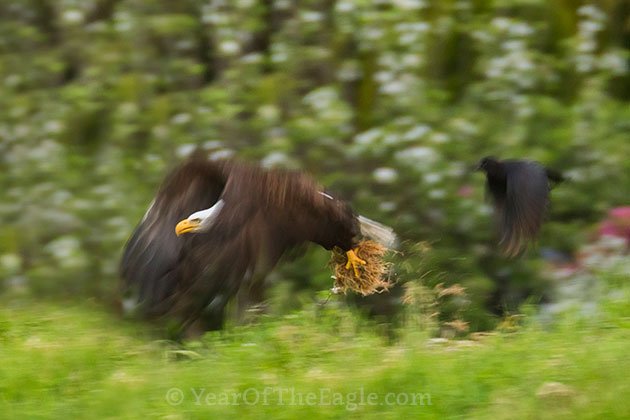
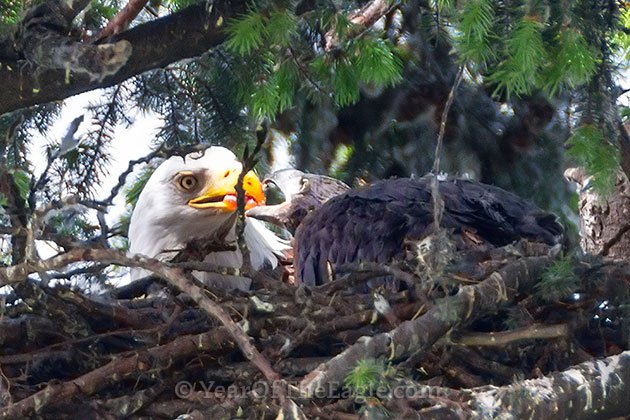
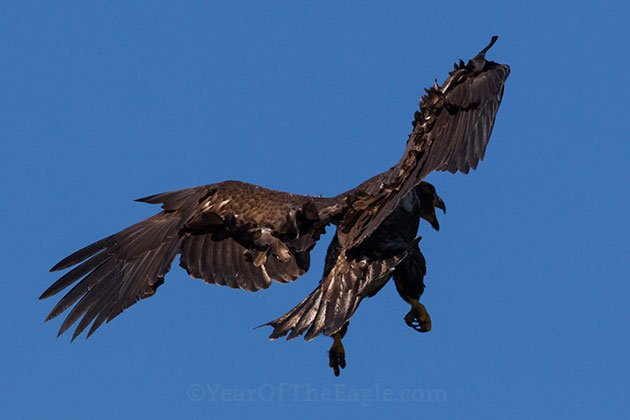
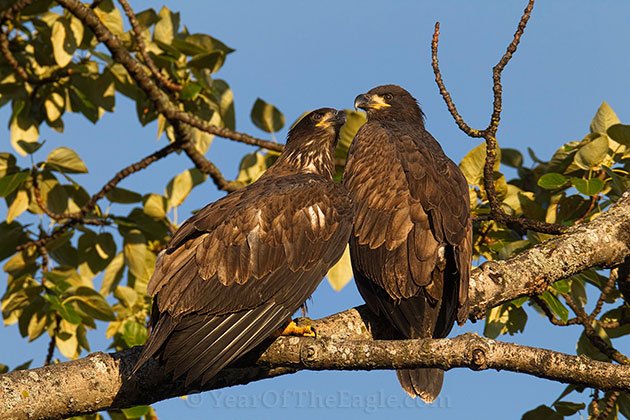

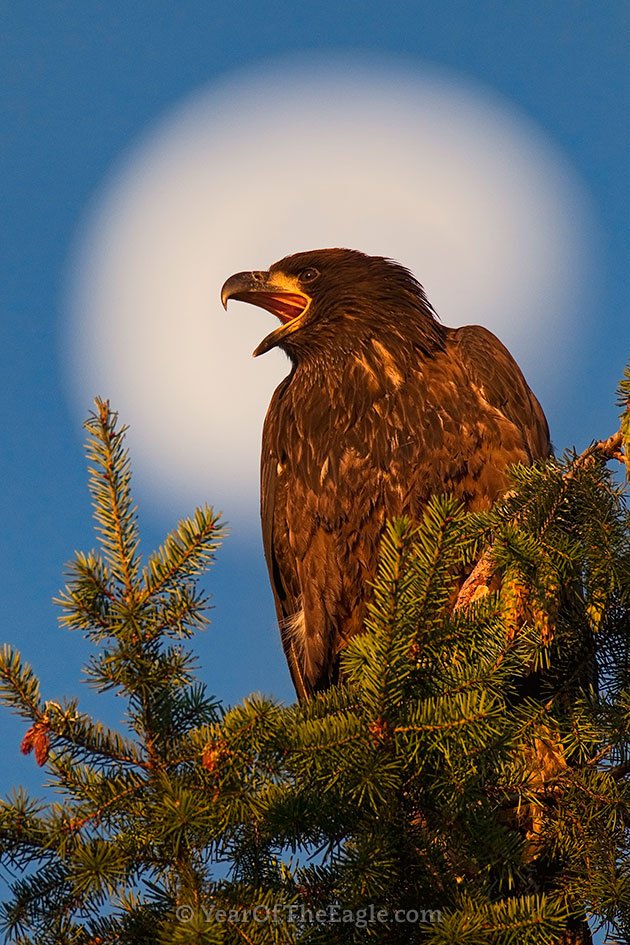




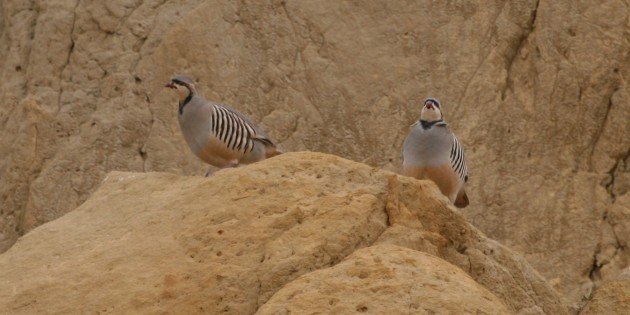
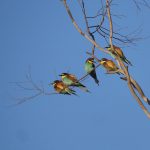
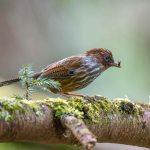

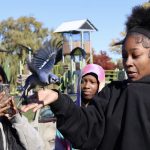
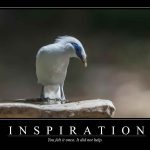
Good luck with the book!